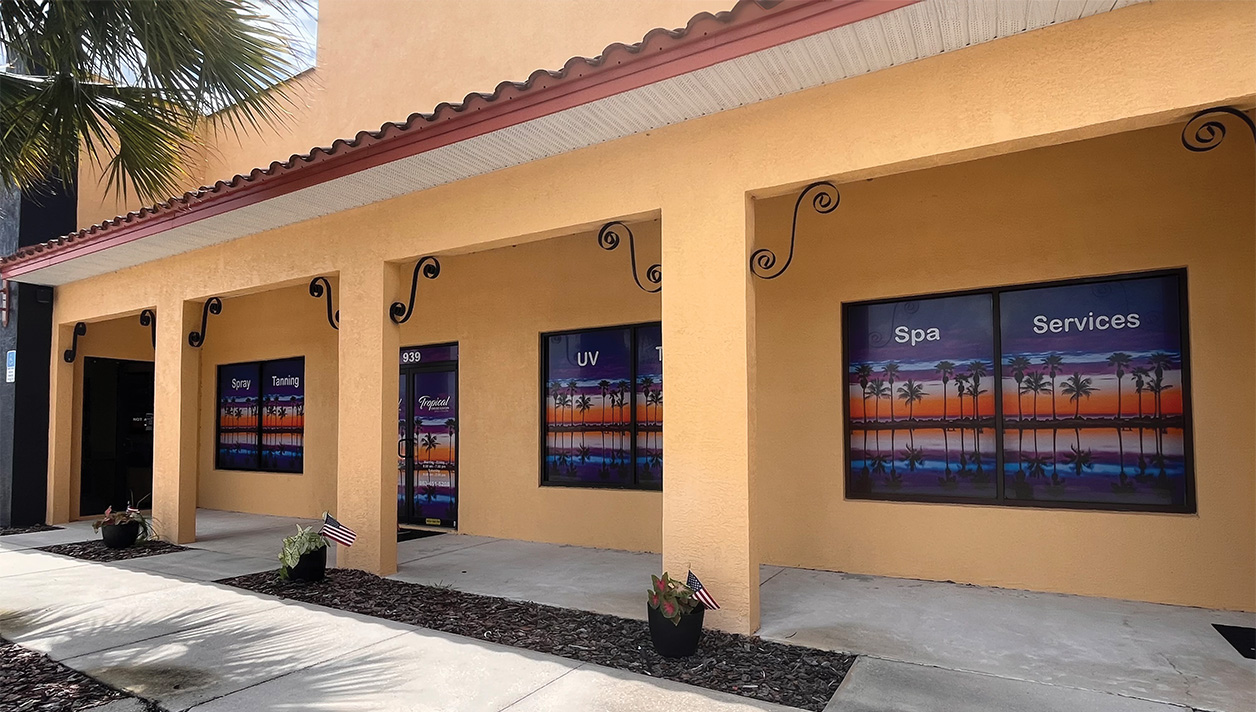I can recall many occasions when our industry has been compared to the Wild West, with good, bad, and some ugly. But with the passage of time and the ever-increasing professionalism of the industry, there’s no doubt we are seeing a lot more of the good and, thankfully, a great deal less of the bad. And as for the ugly, well it’s a fact that everyone looks better with a tan!
When it comes to regulations and legislation, all salons have to comply and should be treated as equal.
During my three decades in this fantastic business, I have seen a plethora of operating styles, from mom-and-pop single site set-ups to large chain corporates, each of them sewing a different thread into the tapestry that makes up the UK’s indoor tanning industry.
The big guys have some advantages over the smaller operators and vice versa, but ultimately, given the choice, it will always come down to customer preference. A smaller set-up can perhaps more readily adapt to trends, without the need for “head office” directives; whereas the big guys have the advantage of group investment in marketing and other operating resources.
Some customers will prefer the corporate salon environment, whilst others will seek out the independent salon with its perhaps more quirky approach. But let me be clear; not for one moment am I suggesting one is better than the other. I can speak with significant experience when I say that over the years, I have seen the good, the bad and the ugly in all set-ups.
Regardless of set-up size, when it comes to regulations and legislation, all salons have to comply and should be treated as equal. However, an incident I came across recently has made me question whether our authorities are selecting size over substance to make an example.
An operator with a significant number of salons in the UK market was recently subjected to a “mystery-shopper” exercise designed to check salon compliance with the national under-18 tanning ban. The 15-year old “mystery-shopper” tried to access a tanning bed in a number of salons in a particular area, including seven owned by one particular operator. Access was refused in six of their seven salons but, unfortunately, in one salon an employee error failed to screen the “mystery-shopper” correctly and allowed a session to be purchased.
As far as the operator is aware, this was the first time this exercise had been carried out by the local authority. What was clear was that the salon chain as a corporate entity had successfully demonstrated in six of the seven salons that a clear and effective policy and operating procedure were in place to ensure no use by under-18s.
What happened in the seventh salon was a mistake, yes; but it was a human error, not a lack of evidenced in-situ policy by the operator to comply with the law. The results from the other six salons would, one could reasonably conclude, be confirmation that the operator was committed to complying with the law. Apparently not so in this instance, as the operator is now under the threat of prosecution, even though the staff member involved has been let go, all procedures in place have been cleared as appropriate by the local authority, and this was a “first time” incident.
But that’s not the whole story; a number of single-site operators in the same area who were subjected to the same “mystery-shopper” exercise also failed. However, according to my reliable and professional source, they have not had any known further action imposed upon them.
This group of salons are good operators managing a bad experience made ugly by enforcement authorities and there’s no doubt that by the end of it all, it will have cost them a fistful of dollars. ■





























